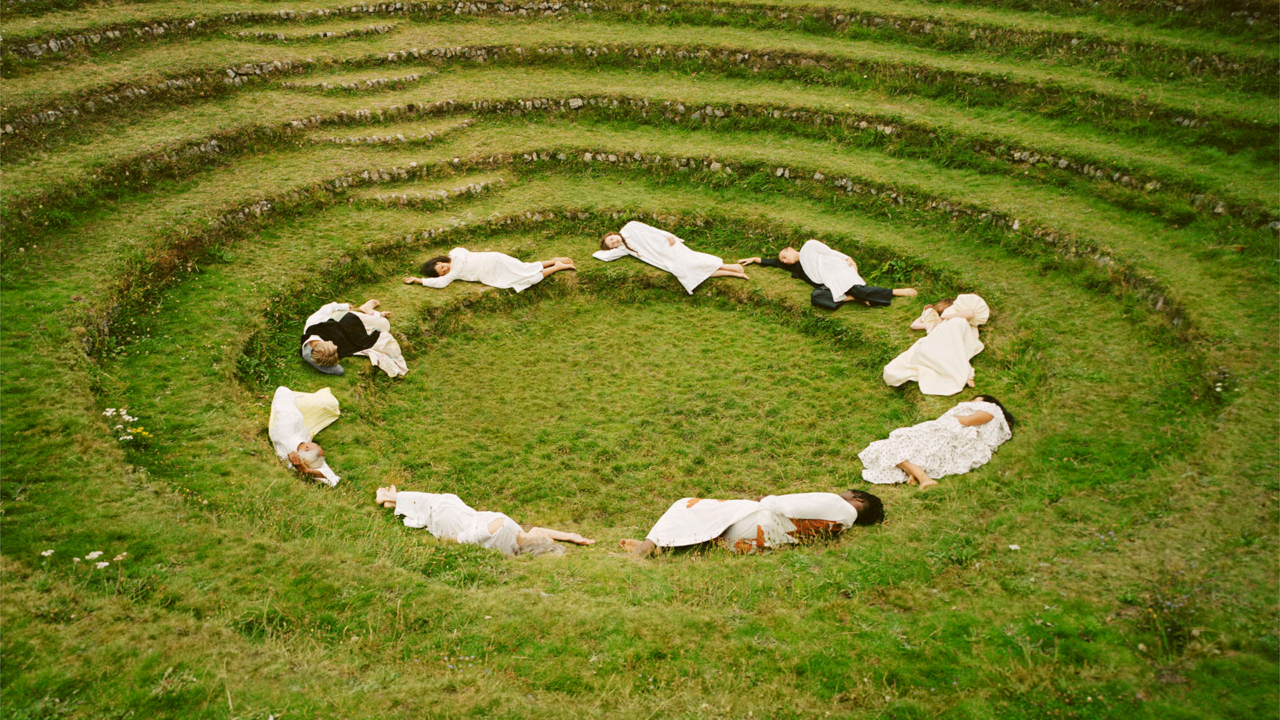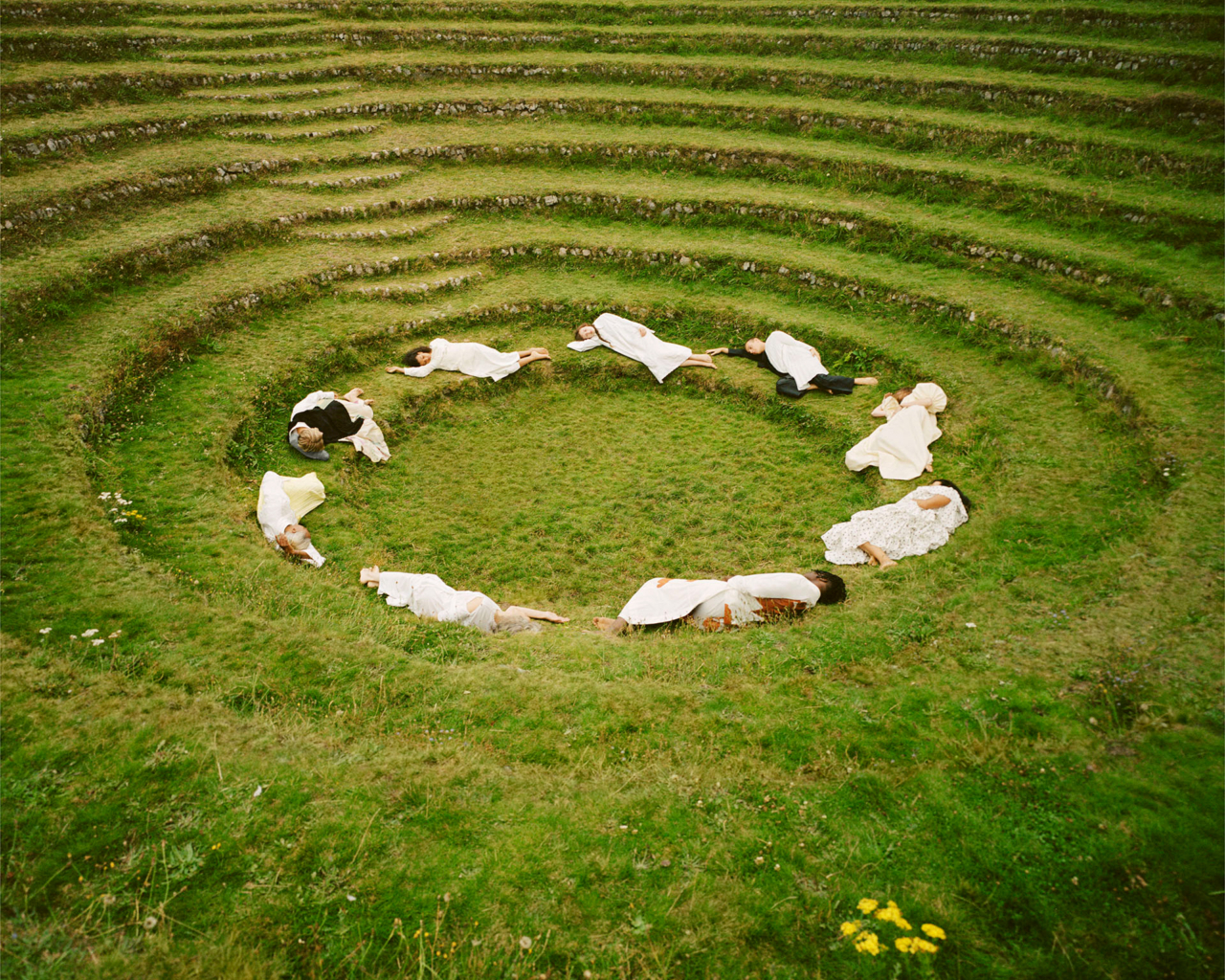

words by willow defebaugh
photograph by ben toms
“There are two things that interest me: the relation of people to each other, and the relation of people to land.” —Aldo Leopold
The veil is growing thin. Across cultures, candles are lit for the dead and offerings are laid on doorsteps as we honor the turning of the seasons. Among the ancient Gaels, tonight marked the start of Samhain—the festival that would one day become Halloween. In Ireland and Scotland, where much of my paternal ancestry is rooted, it was one of four fire festivals honoring nature’s rhythms. As the verdure withered outside their windows, pagans carried their ornately carved turnip lanterns and ushered in the arrival of the dark half of the year.
When Christianity began spreading through Europe in the 4th century CE via the Roman Empire, the Church gradually sought to “rebrand” local traditions and festivals. In the eighth century, Pope Gregory III declared November 1 to be All Saints’ Day, and the night before became All Hallows’ Eve. Scottish and Irish immigrants eventually carried their Samhain customs to North America in the 19th century, where they shapeshifted—turnips traded for pumpkins, bonfires for porch lights. What endured was the tribute to death and the departed.
Despite its occult connotations today, pagan originally referred to people who lived off the land. The word comes from paganus, Latin for “country dweller” or “civilian.” As Yale historian Ramsay MacMullen explains in Christianizing the Roman Empire, the Church focused first on spreading its reach in cities, meaning that people living in the country were the last to convert. The term pagan came to take on a “rural heathen” meaning, encompassing anyone practicing a diverse array of European polytheistic, nature-based, and ancestral belief systems.
Common themes exist among pagan cultures. The first is polytheism: the belief in many gods and goddesses, often representing facets of nature. And then there is animism, the recognition that all beings are ensouled—including other animals, plants, and streams. A sense of immanence is also pervasive, the idea of divinity not as abstraction, but something that exists here on Earth. This places a sense of importance on locality, worship tied to specific places rather than universal dogma. And then there is the consistent presence of ritual to honor these themes.
Each of these principles holds wisdom for our world. Imagine if more people saw the many sides of nature as sacred, and treated all earth as hallowed ground? What if we recognized all beings as no less alive than we are, and saw no stone left unensouled? Is it really so difficult to treat every local ecosystem and community with dignity, instead of imposing dogma onto others? What might it look like for your own lives to revolve around rituals that honor the larger web of life? These questions are not new—in fact they are ancient—but they are equally relevant today.
As the old ways return, as the forgotten gods of mountains and rivers resurface, so too do old fears. The unseen stirs and history repeats itself. It feels strange to write this at a time when I should think twice about expressing anything that the United States government might consider to be anti-Christian. For the record, I have nothing against any religion—only a world in which people are not free to practice their beliefs without fear of persecution, in which books are burned, deities are decimated for bottom lines, and even ecology is seen as heresy.
Many modern pagans still honor Samhain as one spoke on the Wheel of the Year—a calendar formalized in the 20th century that joins the four Gaelic festivals (Lughnasadh, Samhain, Imbolc, and Beltane—my birthday) with the solstices and equinoxes from older Germanic traditions. I observe these eight holidays as a way of honoring nature, blending old rites with new ones. It has been part of my journey to uncover what wisdom twines within my ancestry that can help me to better live in harmony with the Earth—my small contribution to reviving the magic of old.
Hallowed Ground: Unearthing the Pagan History of Samhain